Tell us a little bit about the background and the aim of your project…
Circular Future is a serie of 5 illustrations I’ve created for an advertising campaign by the European Environmental Bureau, aiming to promote new circular consumption models. Specifically the campaign was funded by a consortium of stakeholders who are promoting innovation in this field. The illustrations depicts 5 different consumption models that should be adopted to aim towards a sustainable future: borrowing instead of buying rarely used tools, sharing goods to buy less, recycle products by splitting them in reusable components and raw materials, reuse old objects that can still be useful, repair instead of throwing away.
Tell us a little bit about the creative aspect of your project…
I was aiming to create some eye catching images, very colorful, something you stop by to watch when you scroll your feed. The guidelines i received were to be at the same time evocative and somehow thought provoking.
The target was young people who are more sensitive to these themes and more likely to change their everyday behavior.
For Repair I wanted to put the accent on the satisfaction of repairing something and keeping it with you for a long time. For Share, a chain of people is passing each other tools instead of buying new ones, in Recycle a big machine is separating electronic devices in their fundamental components in a clean way (i was inspired by a video of apple’s ADAM as a reference). In Borrow, i included the entire process of borrowing an item and giving it back, because every other solution I tried which involved skipping a step was too likely to be confused with buying something. The image who required the most rethinking it’s Reuse. My first idea was to create something about clothing, fashion is the third most polluting industry on earth, and reusing garments it’s easy, everybody can go to a thrift shop or give away clothes you don’t like anymore. So I draw some people picking up clothing from a big pile of second hand garments. The idea didn’t work out because the consortium wanted something more focused on electronic devices, i had a hard time at first but then we came up to a satisfying solution: people from the near past (80ies / 90ies) passing items to present day people.
What are appropriate means for you to foster the inspiration towards future scenarios in general?
The present world is really complicated so I think the best way to make people understand a message is to make references to their everyday life in order to explain something. I think that pays being clear and simple as possible, and using something everybody knows as a key to introduce more complex concepts.
Speaking of environmental issues, people often is lazy or thinks that these problems are so big they can’t change anything. So one should aim to make people understand that part of the change needed is something not so far or complicated but something you can already do in your everyday life with little effort. Giving the audience some hint to resolve their problems, show them there is another way and it’s easy and good for everybody.
Francesco Pirini
About the designer:
I’m a freelance illustrator from the outskirts of Milan. I like bright colors, high contrasts and round shapes. I create illustrations for magazines, advertising and children’s books as well. I like to try new things so I often take part in side projects, like Ossocubo, a game developing studio with I’m working on a hand drawn videogame or Flupazzi, a handmade brand in which I design textiles.
Partner / client of this project:
European Environmental Bureau (EEB) / PolyCE

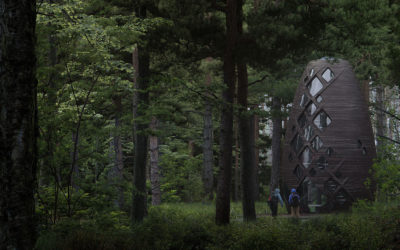
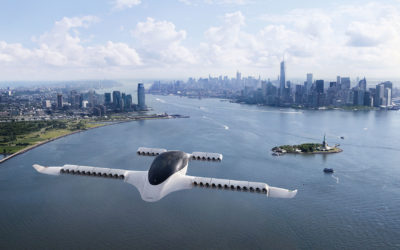
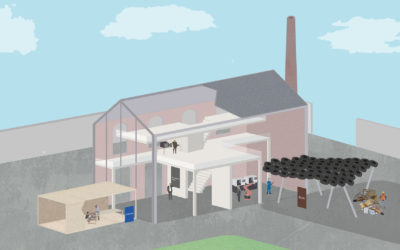
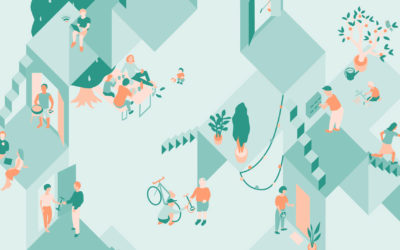
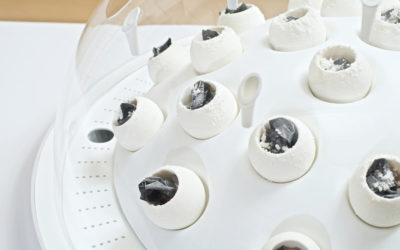
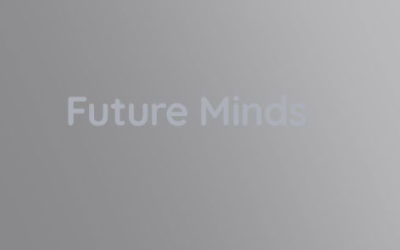
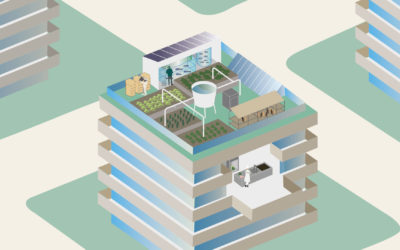
0 Comments